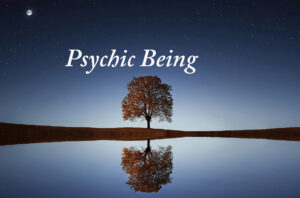It is like a thing right there in the front, yet any other commentator never focused on it, due to which the Gita also became a life-shunning scripture for humanity. There are certain completely revealing concepts which he stressed a lot, such as the compatibility of Nirvana and Works, Works after knowledge, Tyaga, and not Sanyasa, etc. Now, my question is: how is it that only Sri Aurobindo could extract this meaning with full force, while others could not, even though they were also realized beings?
It is quite a correct and pertinent observation. The Gita has undergone much distortion (in its meaning) in the hands of the traditionalists. That is why I often say that Essays on the Gita is the second edition of the original where Sri Krishna himself has elaborated what he has said. I suppose the exigency of time and the circumstance of the battlefield made for a crisp dialogue between the Lord and his human disciple.
The reason why Sri Aurobindo is best equipped for the commentary is threshold.
First and foremost his yoga in Baroda has proceded along the lines of the Gita, while living in the world and as centrestage on the battlefield of the freedom struggle, leading to the state of Jivanmukta, Brahmnirvana, and Vasudevam Sarvamiti, the three great realisations of the Gita.
Secondly his yoga was guided by Sri Krishna himself with whom he realised complete identity eventually.
Finally it is his mastery over Sanskrit especially decoding it with the help of the nirukta given to him by Sri Krishna.
I suppose these are the three main reasons for the Essays on the Gita being a class above all.
Affectionately,
Alok DA



